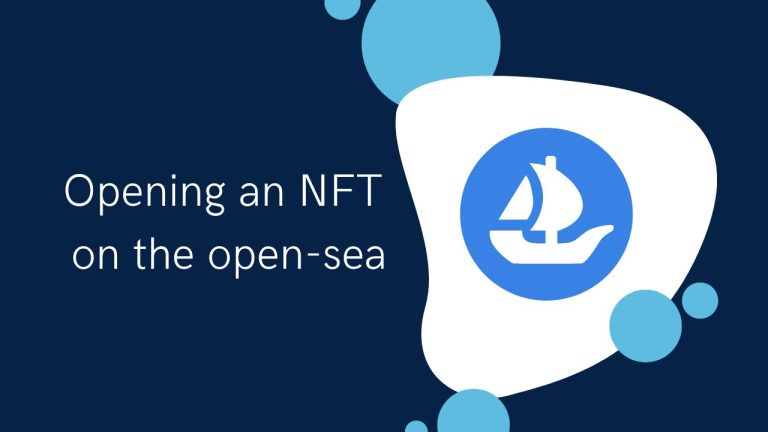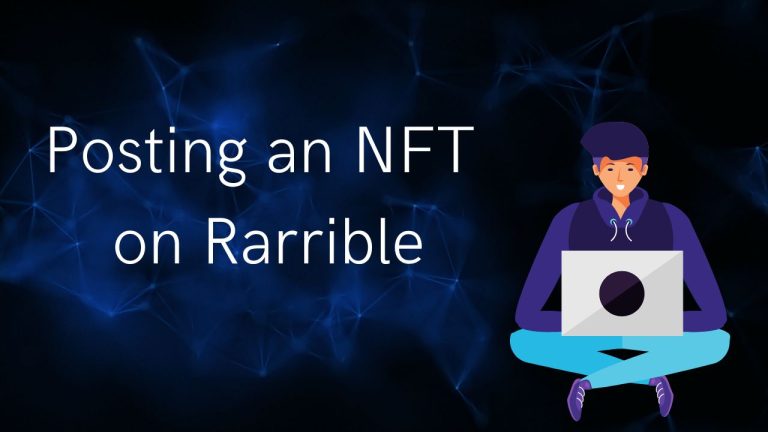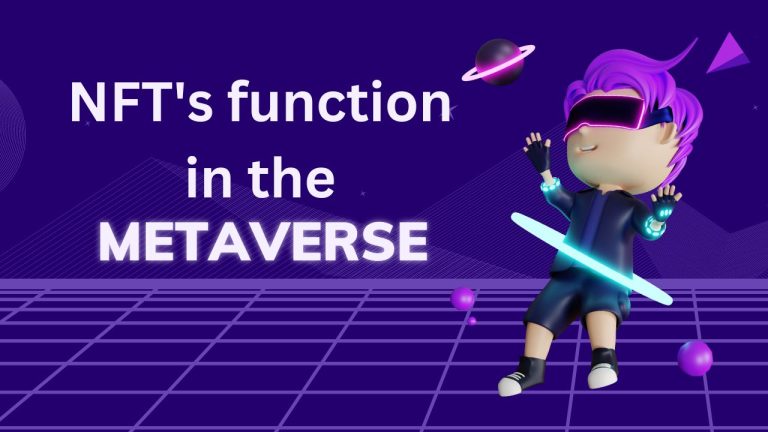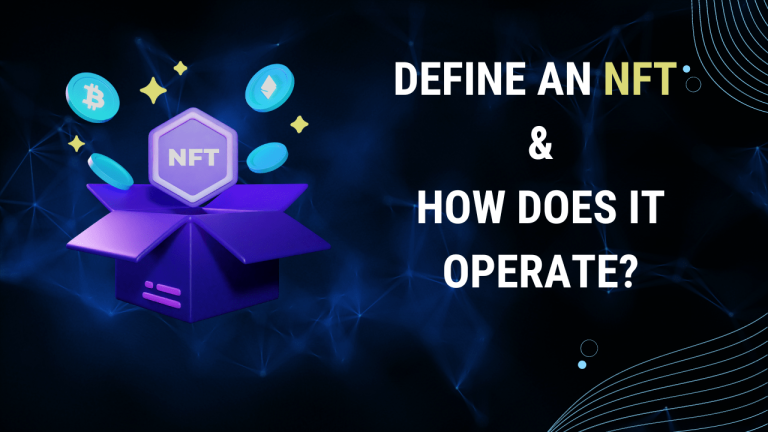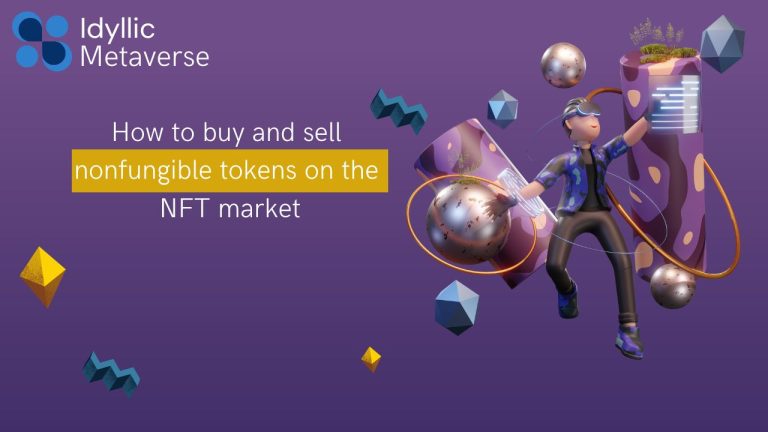NFT Minting: Creating Unique Digital Collectibles
What Exactly Is An NFT Minting?
NFT minting refers to the process of creating and issuing a unique non-fungible token (NFT) on a blockchain. When an NFT is minted, a digital item, such as art, music, or a collectible, is recorded on the blockchain as a token with a unique identifier. This process establishes the authenticity, ownership, and provenance of the digital asset
How much time is required to mint an NFT?
The time needed to mint NFTs is difficult to estimate. The creation of NFTs is nevertheless made simple by almost all NFT marketplaces, platforms, and tools.
The standard procedure for making an account or authenticating into the major NFT marketplaces involves installing the Metamask Ethereum wallet browser plugin for Chrome.
Converting your digital content to NFT, presenting the file to NFT markets, and making it accessible for sale are all NFT-related activities, much like uploading a video to YouTube, a song to Spotify, or even offering a digital good or product for sale on Amazon, eBay, or Etsy.
You can upload PNG, JPG, GIF, MP3, or MP4 files, give them a title and subtitle, a description, and set up royalties before selling them.
Considerations Before Minting An NFT
Although NFT minting can seem simple on paper, there are a few considerations to take into account before beginning. Minting is the process of making digital artwork available to the public as a record on the Ethereum blockchain. This is because digital art would be resistant to alteration and fraud. Similar to how minting money refers to creating currencies, adding NFTs to a blockchain is known as minting.
Make sure that the representation of your digital art is appropriate. NFT minting guarantees that the artwork can be bought or sold on the market with ease. It offers flexibility for future resale or collection as well as ownership monitoring. Last but not least, having a basic understanding of NFTs might give a reliable idea of how to approach their development and representation.
How are NFTs minted?
An NFT can be created from any digital source. Digital material may be anything, from photographs to 3D models to films to music to text files (whether they are docs, PDFs, or tweets), so let’s break that down. So how do you do that in practice? Let’s proceed gradually.
1. Purchase tokens and add them to a wallet.
Download the Metamask extension for Google Chrome if you use that browser. It is a cryptocurrency wallet that works with the majority of blockchains and exchanges. Transfer some ETH to Metamask once you get it. Ether, like Ethereum, is well-known for its NFT minting.
2. Integrate your wallet with the market
Connecting your wallet to an NFT marketplace like OpenSea is the next step. Your profile will then be activated on that marketplace following that. From this point, you can establish your identity by including your username, the cover image for your NFT minting collection, and links to your social network accounts.
3. Put your file online
Look for the “Make an NFT” button on the NFT marketplace of your choosing, which should allow you to convert the digital file of your choice into an NFT. Keep in mind that this NFT is merely a representation of the digital file on the blockchain, not the actual digital file.
4. Issue the NFT.
You can give the digital file a title and a description after uploading it. When you’re finished, you can either click “NFT Minting” or “Is for sale” depending on the marketplace. If it is for sale, it will become minted the moment it is purchased and published.
5. Pay for the petrol.
The majority of NFTs are created on the Ethereum blockchain, where there are transaction fees known as “gas fees” associated with creating an NFT on the Ethereum network. These expenses come out of your wallet in ETH. If you recall, in step 1 we requested that you add money to your wallet. Now you understand why.
One thing to keep in mind is that gas fees are the costs associated with accessing the Ethereum blockchain, not the NFT marketplace you are currently using.
6. Await the issuance of your NFT.
Your NFT will automatically be coined. The code that will be used in your artwork on the Ethereum blockchain is put into action during this procedure via the Ethereum smart contract.
Advantages of NFT Minting
Creating NFTs has the following advantages:
1. Maintain the value of your possessions
An asset’s value can be concretely retained by issuing an NFT. Another advantage is that the security of the blockchain makes the digital storage of assets extremely secure.
2. Demonstrifies ownership
The ability to own a portion of an NFT democratizes the market for digital assets. An interest in an NFT may be owned by several people.
3. Market special items
Art and artists have been transformed by the development of NFTs.Bored Ape Yacht Club is an illustration of an NFT minting that encourages community building in addition to being pieces of art. Owners of Bored Ape Yacht Club NFTs are part of a privileged group with access to exclusive activities, goods, and more.
Smaller artists and undiscovered forms of art are inspired to become public because of how simple it is to mint an NFT.

Issues with Minting an NFT
Let’s look at the negative aspects now that we’ve seen the positive. After all, the blockchain heavily emphasizes transparency.
1. Costly procedure
To put an NFT minting into circulation on the blockchain, you must mint it. Ethereum is the most widely used blockchain for minting, and it charges developers gas fees for NFT minting, and these gas fees are nearly never inexpensive.
2. The potential for fraud
It’s reasonable to presume that online copycats are working to produce inexpensive versions of well-known NFTs. How many users do you know whose profile pictures are identical to Bored Ape NFTs? Exactly! Although duplicates are always discovered because of blockchains’ immutability, they could be dangerous for beginners.
Not to mention the players that develop NFT minting projects with no intention whatsoever of keeping any of the commitments made in the whitepaper. Typically, their only goal is to take the money and flee. Many of these circumstances lead to people viewing NFTs as a fad rather than a promising technological advancement.
3. An unstable market
Because it is so young, the NFT market is very unstable. NFTs’ value can triple in a matter of hours or drop to zero in a matter of minutes. Many continue to be wary of NFTs because of their high degree of unpredictability.
FAQS:
Is purchasing an NFT equivalent to minting one?
Minting is the process of creating an NFT from scratch and putting it up for sale. On the other hand, purchasing an NFT that was made by someone else. So, buying and minting isn’t quite the same.
After minting, am I the owner of the NFT?
When you create an NFT to sell on the market, it is your property until someone chooses to purchase it; at that point, a smart contract completes the transaction. The ownership is transferred once the transaction is complete.


